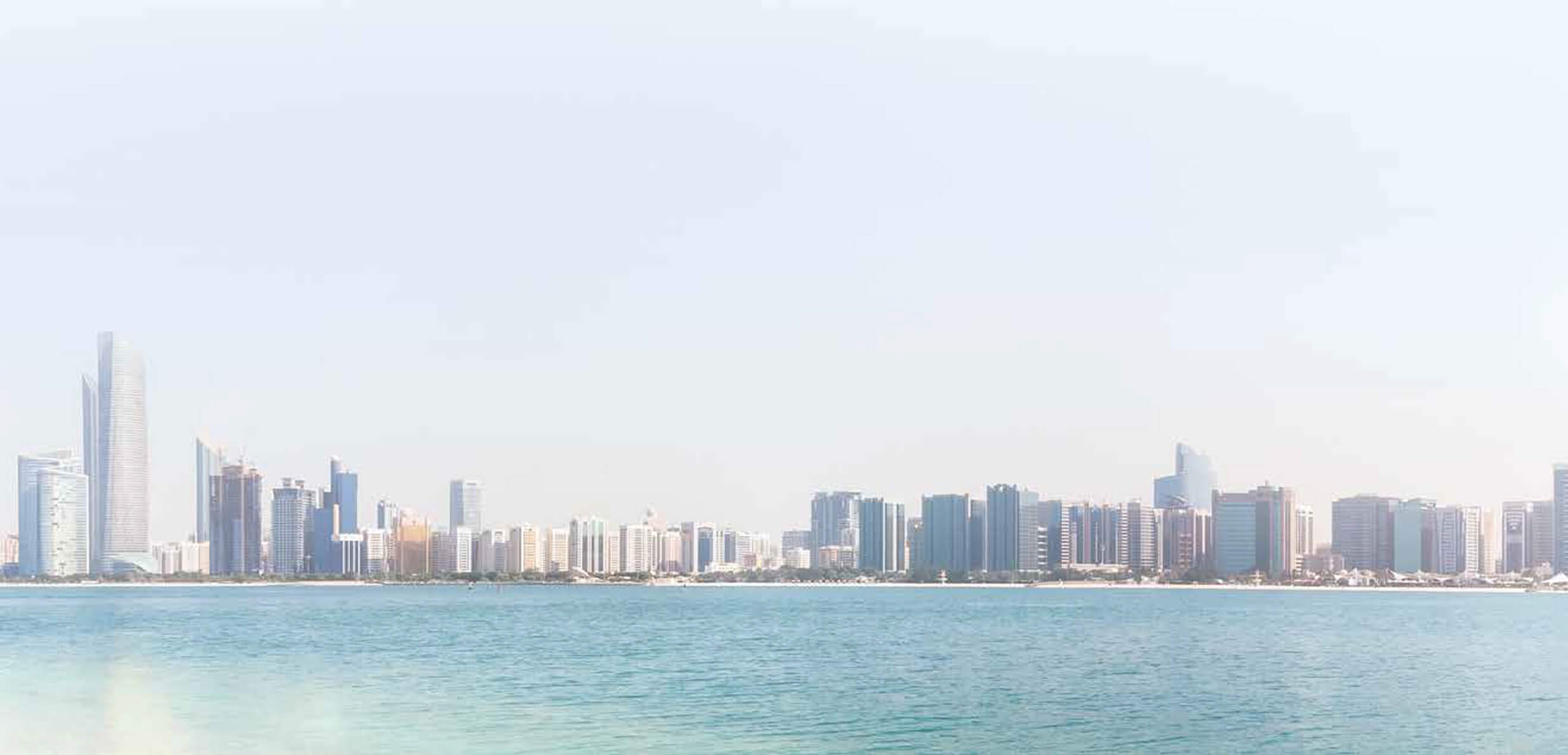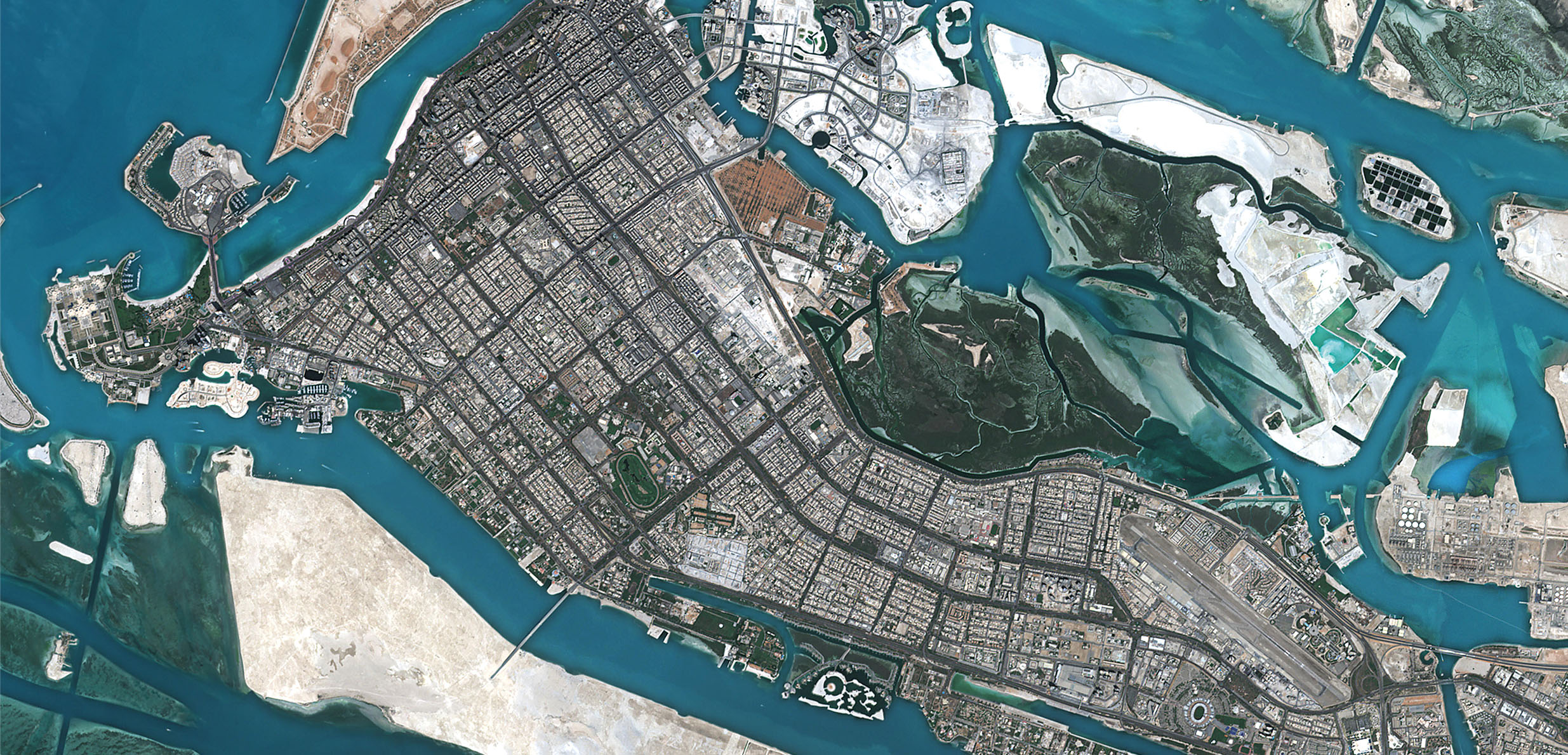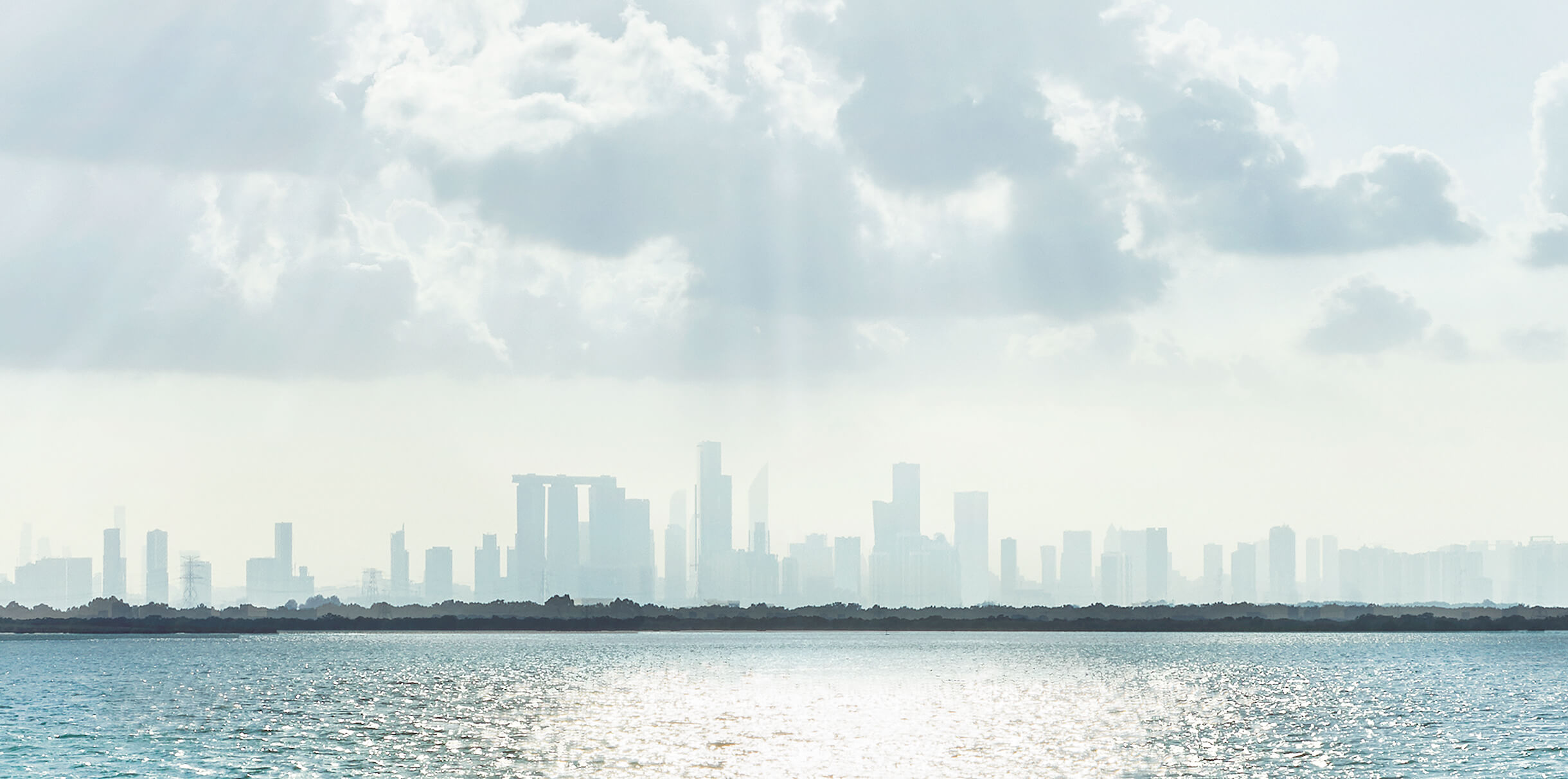Performance Economic Overview
The UAE continued to benefit from a stable and diversified economy with strong macroeconomic fundamentals, despite the lower growth environment. Moves to boost competitiveness of the economy were underpinned by a series of reforms and government support measures designed to nurture expansion.

The government’s expansionary fiscal stance and the outlook for an increase in project awards in Abu Dhabi provided vital support for the economy alongside the build-up to the forthcoming Expo 2020. The pro-business policies and reforms, as well as the measures to develop new sectors, are positive for the medium to longer-term outlook for the economy.
Nevertheless, the economic environment remained challenging as external and domestic headwinds continued to dampen growth. The ongoing global slowdown plied pressure to key sectors with geopolitical development adding to regional uncertainties.
Deflationary pressures also emerged, particularly related to the real estate market, and UAE businesses continued to restructure and consolidate to drive efficiencies. This added to an already soft labour market and impacted consumer confidence.
NON-OIL SECTOR STIMULUS
To stimulate greater activity in the non-oil sector and to encourage the creation of new and emerging industries, the government has spearheaded a number of fiscal and structural programmes.
A key ongoing initiative was Ghadan 21, announced in 2018. The three-year, AED 50 billion package was established to accelerate the economic agenda and Abu Dhabi’s transformation to a new world economy.
The budgets released so far for 2020 indicate a supportive level of spending. The 2020 UAE federal budget is the most extensive spending plan in its history and will help to accelerate growth. The government also maintained lower fees to reduce pressure on corporates and boost the domestic economy.
Monetary policy is also more accommodating as the Central Bank of the UAE followed the Fed in lowering benchmark repo rates by 75 basis points in the second half of 2019.
INVESTMENT ACTIVITY
The government continues to make the UAE a more attractive international investment proposition. In 2019, it relaxed foreign investment restrictions by opening up a range of sectors and economic activities to 100% foreign ownership. Moreover, the government also introduced reforms for long-term residency.
The country remains the leading regional destination for foreign direct investments, which last year delivered approximately AED 40 billion, or around 3% of GDP. The government target is to raise this to 5% by 2021.
The countdown to Expo 2020, which opens in Dubai for a six-month run in October 2020, continued to drive project implementation activity across the tourism, transport, hospitality and retail sectors.
At the same time there was growing momentum in a range of project awards in Abu Dhabi, most related to infrastructure supporting the hydrocarbon sector and ADNOC’s broad-based, multi-year investment programme in the region.
There was also a pick up in projects related to leisure and tourism, including the SeaWorld theme park on Yas Island and the ongoing work at the Zayed National Museum project on Saadiyat Island, where work began late last year.
ECONOMIC CHALLENGES
The strong USD continued to impact the external competitiveness of the non-oil sector, whilst the slowdown in global growth with heightened trade tensions between China and the US was an additional challenge.
Price discounting was seen in a number of areas, including hotels, which was central in boosting tourism. This has supported a gradual rise in visitor numbers.
Property sale and rental prices continued to contract in both Abu Dhabi and Dubai as the supply growth in housing continued to outstrip the increase in demand.
BANKING SECTOR LIQUIDITY
The slow growth environment was reflected in the banking sector, where credit growth was driven largely by the government and government related entities (GREs). Demand from the private sector and corporates remained broadly flat.
Banking sector liquidity remained ample and saw credit growth of 6.2% in 2019, with deposits growing 6.5% year on year.
We expect banking sector liquidity to remain comfortable in 2020 with only a contained fiscal deficit forecast, albeit from a surplus in 2019.
LOOKING AHEAD
The government’s drive to invigorate the economy through its forward-looking strategy and reforms will continue to be a significant support in building positive momentum in the UAE.
In Abu Dhabi there are signs of progress with the medium-term investment programme.
The final push for the successful delivery of Expo 2020 will also serve to support growth.
We expect oil prices to continue to face pressure from moderating global demand. Nevertheless, the UAE remains one of the most resilient hydrocarbon-exporting economies in the world with a strong ability to withstand oil price volatility.
Robust foreign exchange reserves and low government debt also serve to underpin the UAE’s strong fundamentals.

